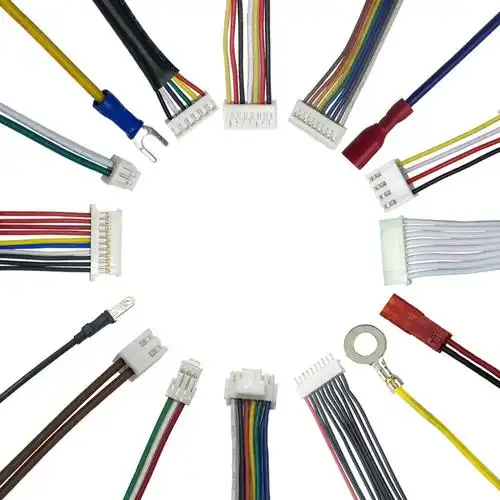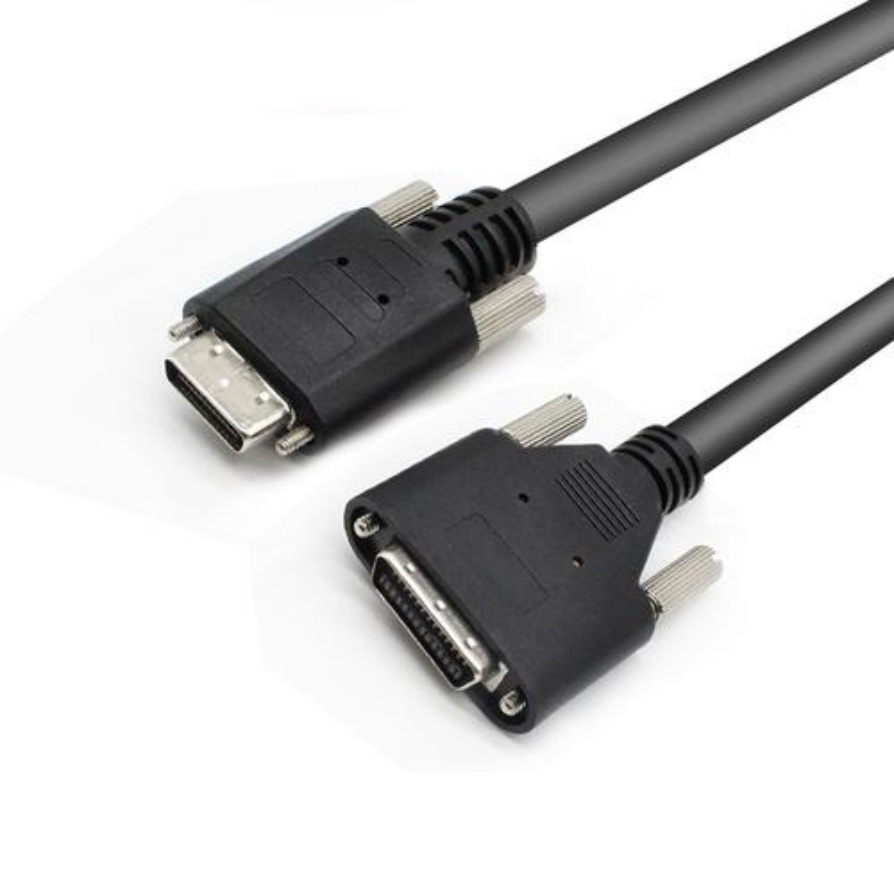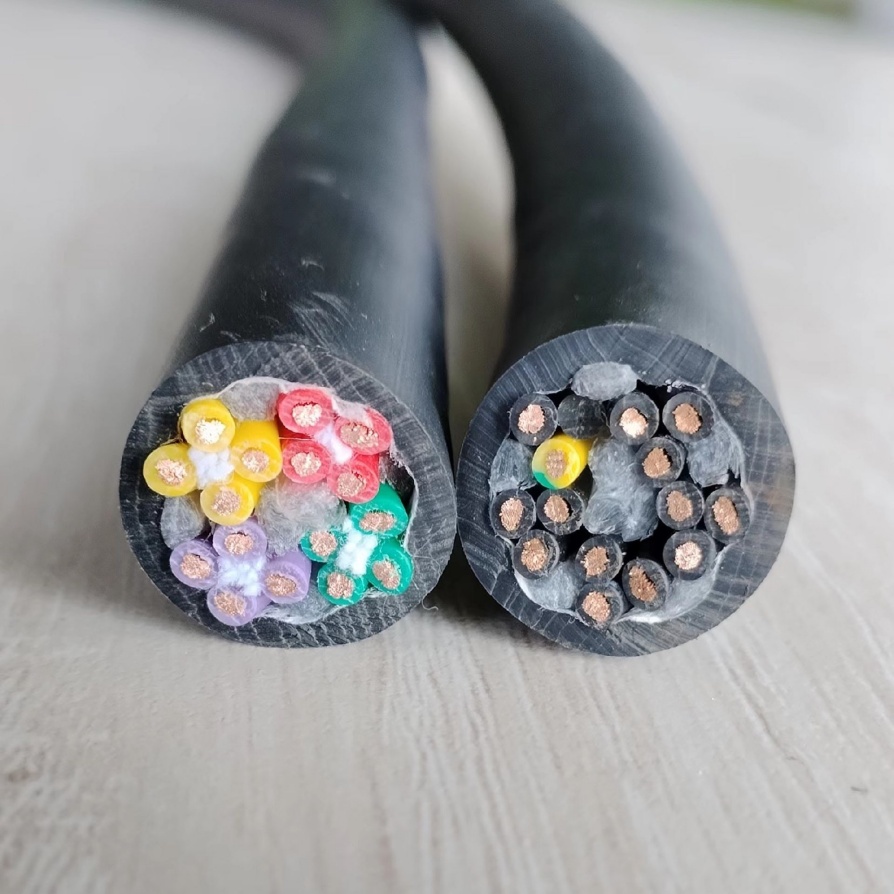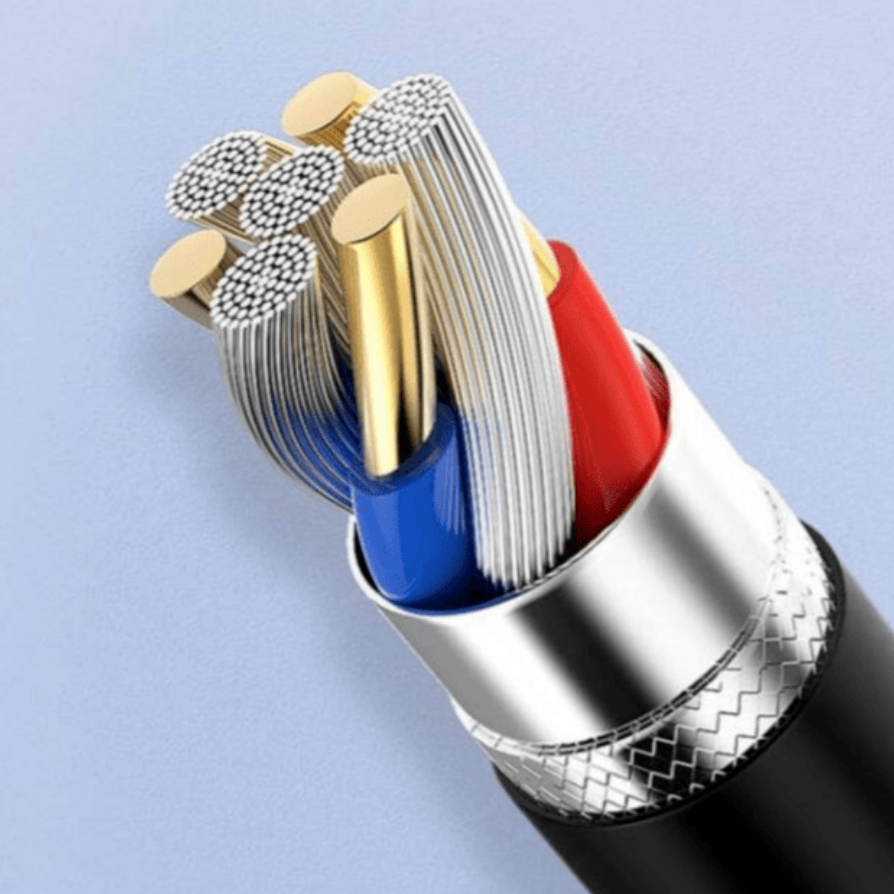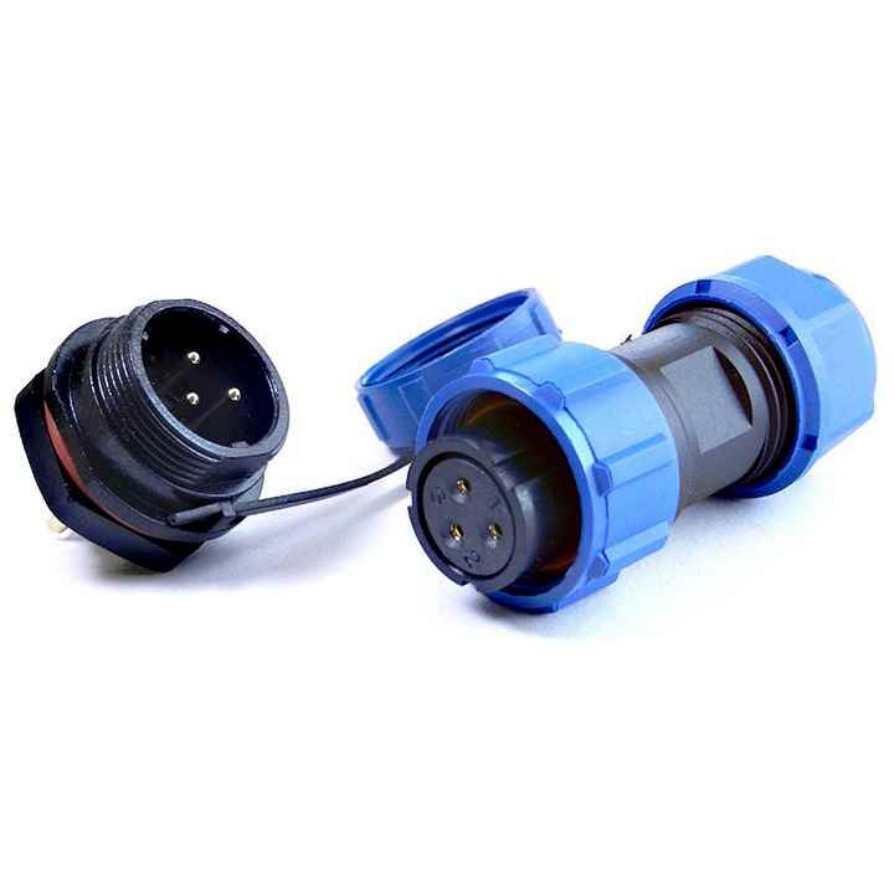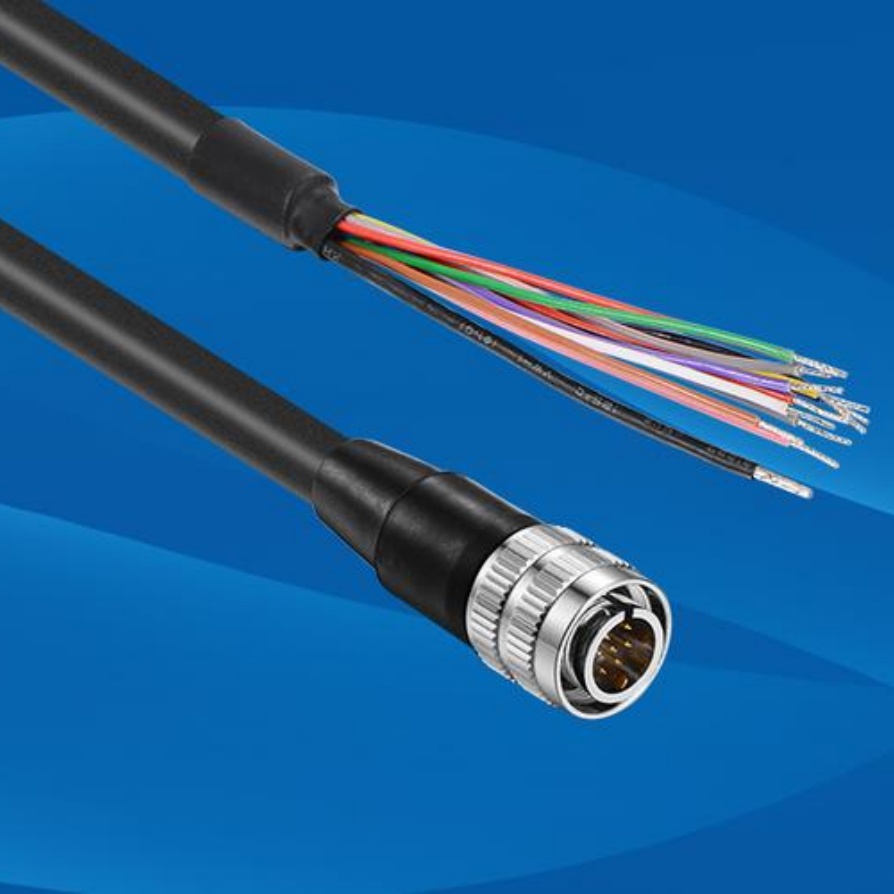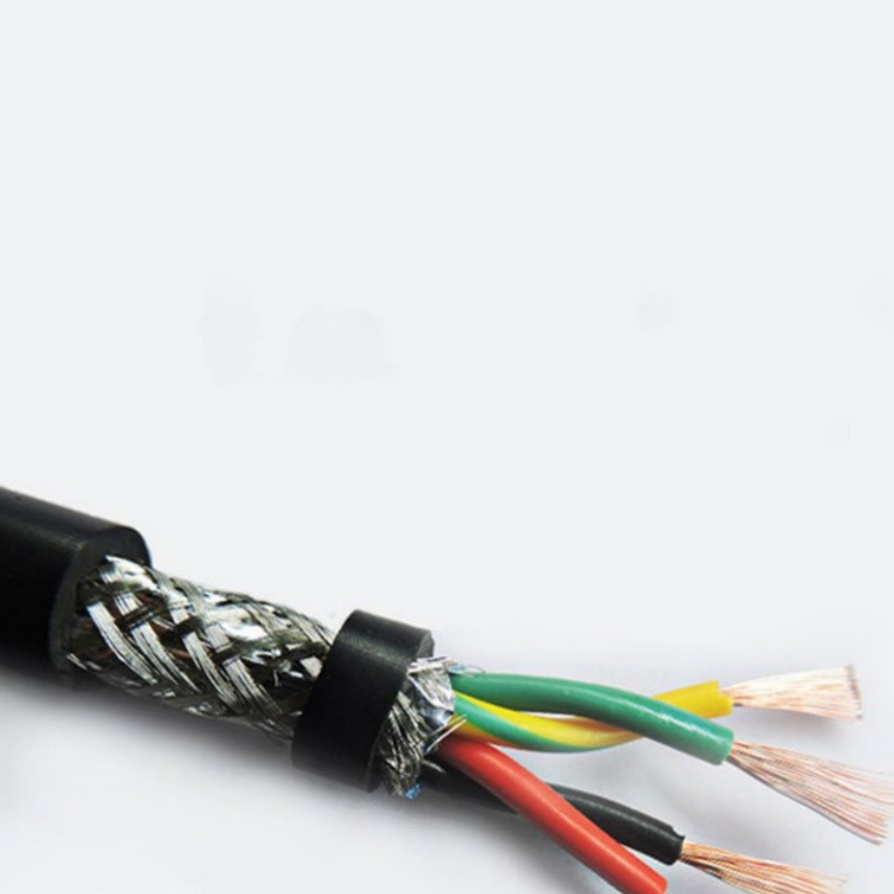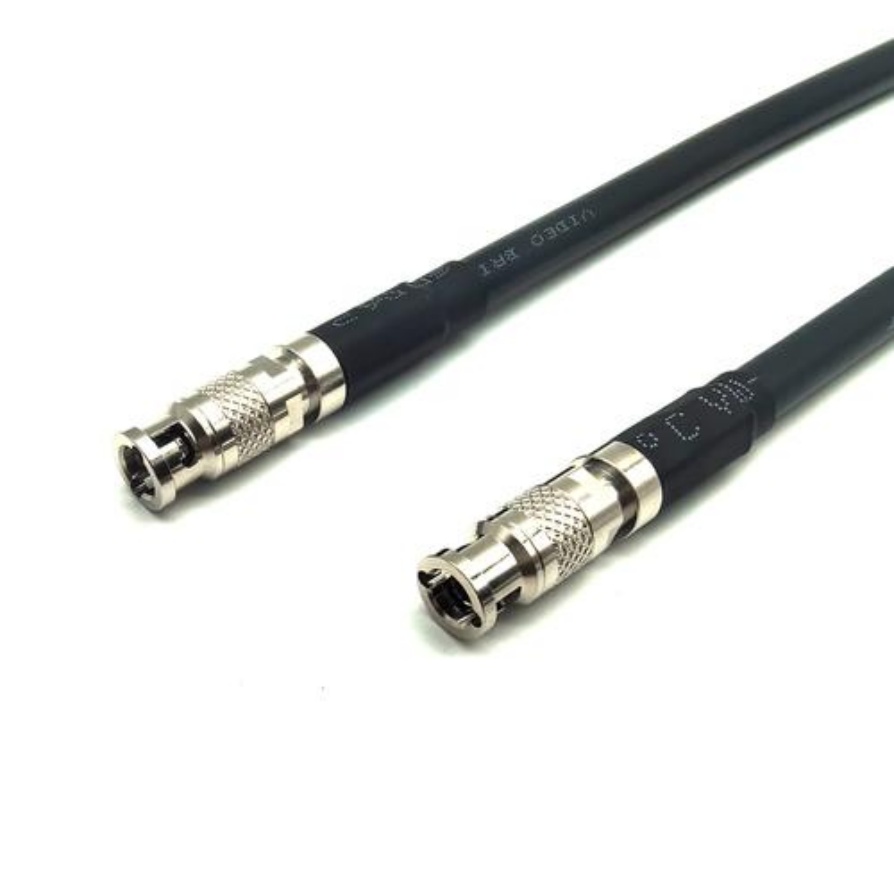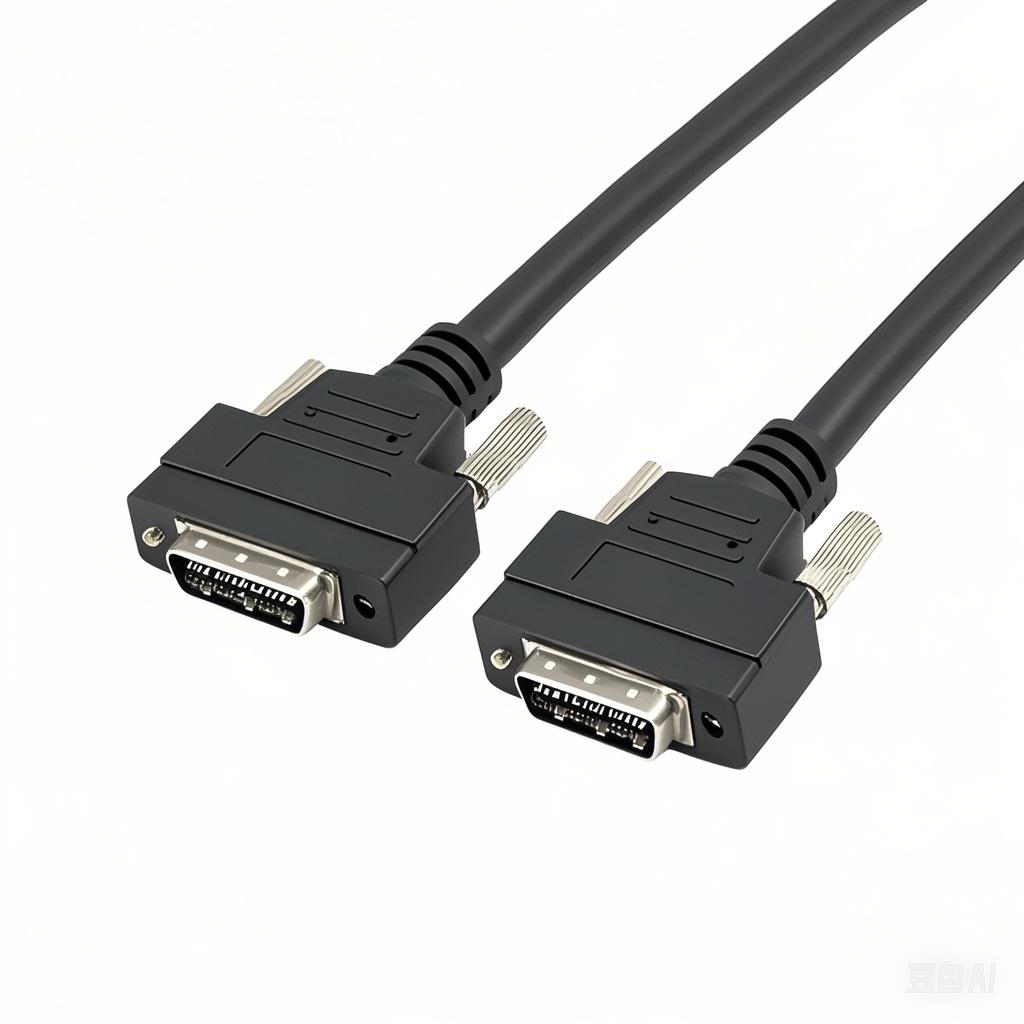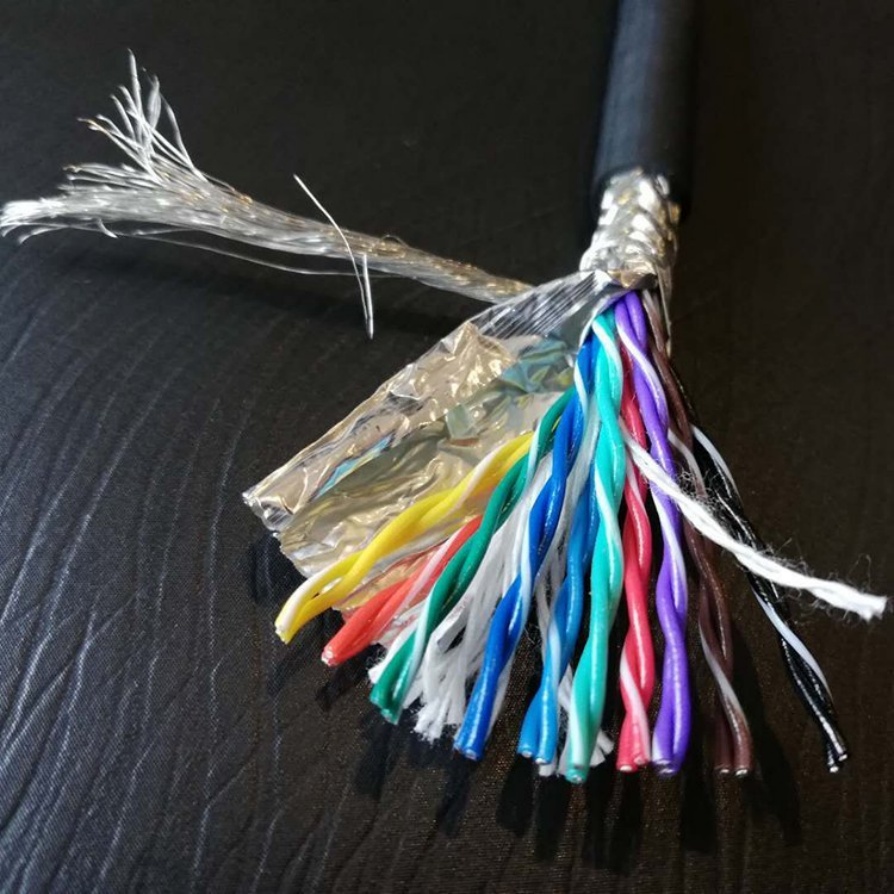Where Is Flexible Machine Vision Wire Suitable for Use?
In the era of smart manufacturing, machine vision systems have become the “eyes” of automated production lines, enabling high-precision detection, positioning, and quality control. However, the performance of these systems does not rely solely on high-resolution cameras or advanced algorithms—Flexible machine vision wire plays a critical, yet often overlooked, role. Unlike rigid or standard cables, this specialized wire is designed to withstand mechanical stress, transmit stable signals, and adapt to complex installation environments. Its flexibility and durability make it an indispensable component in scenarios where traditional wires fail to meet operational demands. Below, we explore the key application areas of flexible machine vision wire, highlighting how it solves practical challenges in different industries and enhances production efficiency.
1. Automotive Manufacturing: Adapting to Dynamic Assembly Lines
The automotive industry is a benchmark for high-volume, high-precision manufacturing, where machine vision systems are used for tasks such as body panel alignment, weld seam inspection, and component assembly verification. These systems are often mounted on robotic arms, gantries, or moving platforms that require frequent rotation, bending, or linear movement—conditions that would quickly damage rigid wires.
Flexible machine vision wire addresses these challenges in multiple ways:
- Withstands repeated motion: Automotive assembly lines operate 24/7, and robotic arms may perform thousands of bending cycles daily. Flexible machine vision wire is constructed with elastic insulation materials (e.g., TPE or PUR) and stranded copper conductors, allowing it to endure up to 10 million bending cycles without signal loss or physical breakage.
- Resists harsh environments: Automotive factories expose equipment to oil, grease, coolant, and temperature fluctuations (from -40°C to 125°C). The wire’s chemical-resistant jacket prevents corrosion, while its temperature tolerance ensures stable performance in both paint shops and engine assembly areas.
- Supports high-speed data transmission: Modern machine vision cameras in automotive plants capture high-definition images (4K or 8K) and transmit data in real time for instant defect detection. Flexible machine vision wire is engineered to maintain impedance stability (typically 100Ω ±10% for Ethernet-based systems), minimizing signal attenuation and ensuring that critical inspection data reaches the control system without delay.
For example, in the final inspection of car windshields, a machine vision camera mounted on a moving rail scans the glass for scratches or bubbles. The flexible wire connecting the camera to the control unit bends and stretches as the rail moves, ensuring uninterrupted data flow and 100% inspection accuracy—something rigid wires could not achieve without frequent replacement.
2. Electronic Component Production: Enabling Miniature and High-Speed Inspection
The production of electronic components (e.g., PCBs, semiconductors, and microchips) demands extreme precision, as even a tiny defect (such as a 0.1mm solder bridge on a PCB) can render the product useless. Machine vision systems here are often integrated into compact equipment or placed in tight spaces, requiring wires that can be routed through narrow channels or around small components.
Flexible machine vision wire is ideal for this industry due to its:
- Compact design: With a diameter as small as 2mm, the wire can fit into the tight gaps between PCB assembly machines or semiconductor test fixtures. This eliminates the need for bulky cable management solutions, saving space and reducing the risk of wire tangling or damage.
- High-frequency signal integrity: Semiconductor inspection involves capturing detailed images of microchips at high frame rates (up to 1,000 frames per second). Flexible machine vision wire uses twisted-pair or coaxial structures to reduce electromagnetic interference (EMI) from nearby electronic devices, ensuring that the camera’s output remains clear and accurate.
- Easy customization: Electronic component manufacturers often use specialized machine vision setups (e.g., multi-camera arrays for 360° PCB inspection). Flexible machine vision wire can be customized in length (from 0.5m to 50m) and connector type (e.g., M12, USB 3.0, or GigE Vision) to match the exact layout of the production line, reducing installation time and errors.
In SMT (Surface Mount Technology) lines, for instance, a machine vision camera is mounted above the solder paste printer to check paste thickness and alignment. The flexible wire connecting the camera is routed through the printer’s narrow internal channels, bending around moving parts without interfering with the printing process. This ensures consistent inspection results and reduces downtime caused by wire failures.
3. Food and Beverage Packaging: Meeting Hygiene and Flexibility Requirements
The food and beverage industry has unique demands for machine vision systems: they must not only ensure product quality (e.g., checking for missing labels or seal defects) but also comply with strict hygiene standards (such as FDA or EU 10/2011 regulations). Additionally, packaging lines often switch between different product sizes (e.g., from small soda cans to large juice bottles), requiring vision systems to adjust their position frequently.
Flexible machine vision wire is well-suited for this sector because:
- Hygienic materials: The wire’s jacket is made of food-grade, non-toxic materials that are resistant to cleaning agents (e.g., hydrogen peroxide or high-pressure water). This allows it to be washed down regularly without degrading, preventing bacterial growth and ensuring compliance with food safety standards.
- Flexibility for quick changeovers: When a packaging line switches from one product to another, the machine vision camera may need to be repositioned or tilted. Flexible machine vision wire can be bent or extended without losing signal, enabling fast changeovers (often in less than 10 minutes) and minimizing production downtime.
- Resistance to moisture and temperature: Food processing plants (e.g., dairy or frozen food facilities) have high humidity or low temperatures. The wire’s moisture-proof insulation and cold-resistant conductors ensure stable performance, even in environments where standard wires would become brittle or short-circuit.
A typical application is in a bottled water plant, where a machine vision system checks for leaks in bottle caps and correct label placement. The camera is mounted on a adjustable arm that moves up and down to accommodate different bottle heights. The flexible wire connecting the camera bends smoothly with the arm, and its food-grade jacket can be sanitized alongside the production line, ensuring no contamination risks.
4. Logistics and Warehousing: Supporting Mobile Vision Systems
In modern logistics and warehousing, automation is key to handling high volumes of packages—from sorting and labeling to dimension measurement and defect checking. Machine vision systems here are often mobile: mounted on automated guided vehicles (AGVs), conveyor belts, or robotic pickers that move across large spaces. This mobility requires wires that can withstand constant movement and vibration.
Flexible machine vision wire solves the unique challenges of this industry:
- Vibration resistance: AGVs and conveyor belts generate continuous vibration during operation, which can loosen connections or damage rigid wires. Flexible machine vision wire uses stranded conductors and shock-absorbing insulation, preventing signal disruptions even in high-vibration environments.
- Long-distance transmission: Warehouses can span thousands of square meters, requiring machine vision systems to transmit data over long distances (up to 100m) to central control systems. The wire is engineered to minimize signal loss over extended lengths, ensuring that package dimensions or barcode data are accurately transmitted.
- Durability against physical impact: In busy warehouses, wires may be accidentally hit by packages or equipment. The flexible wire’s tough jacket (e.g., PUR) resists abrasion and impact, reducing the need for frequent replacements and lowering maintenance costs.
For example, in an e-commerce warehouse, AGVs equipped with machine vision cameras scan package barcodes to sort them into different delivery zones. The flexible wire connecting the camera to the AGV’s control unit bends and moves as the AGV navigates through narrow aisles, withstanding vibrations from the vehicle’s wheels and occasional impacts from nearby packages. This ensures seamless sorting and reduces delays in order fulfillment.
5. Medical Device Manufacturing: Ensuring Precision and Compliance
Medical device manufacturing (e.g., producing surgical instruments, diagnostic equipment, or implantable devices) requires the highest levels of precision and regulatory compliance. Machine vision systems are used to inspect for tiny defects (e.g., burrs on a surgical scalpel) or verify the alignment of critical components, and the wires connecting these systems must meet strict medical standards.
Flexible machine vision wire is the preferred choice in this industry because:
- Biocompatible materials: For devices that come into contact with human tissue (e.g., implantable sensors), the wire’s insulation is made of biocompatible materials (e.g., PTFE) that meet ISO 10993 standards, ensuring no adverse reactions.
- Sterilization resistance: Medical device production lines require frequent sterilization (e.g., autoclaving or ethylene oxide treatment). The flexible wire can withstand these sterilization processes without degrading, maintaining its performance and compliance.
- Precision signal transmission: Diagnostic equipment (e.g., MRI or ultrasound machines) uses machine vision to capture detailed images of internal components. The wire’s low EMI design ensures that sensitive medical data is not disrupted by nearby electronic equipment, guaranteeing accurate inspection results.
In the production of a diagnostic ultrasound probe, for instance, a machine vision camera inspects the alignment of the probe’s transducer elements—even a 0.01mm misalignment can affect image quality. The flexible wire connecting the camera is routed through the probe’s tiny housing, using biocompatible insulation that can be sterilized. This ensures the probe meets medical standards and functions reliably in clinical settings.
Why Choose FRS Factory for Your Flexible Machine Vision Wire Needs?
When it comes to selecting a reliable supplier of flexible machine vision wire, FRS Factory stands out as a trusted partner for industries worldwide. Our decades of experience in specialized wire manufacturing, combined with a focus on innovation and quality, ensure that our products meet the unique demands of your application—whether you’re in automotive, electronics, food, logistics, or medical manufacturing.
At FRS Factory, we prioritize three core values that set us apart:
- Customization: We understand that every production line is unique. Our team works closely with you to design flexible machine vision wire tailored to your specific requirements—from custom lengths and connector types to specialized materials (e.g., food-grade, biocompatible, or high-temperature resistant) that match your industry’s standards.
- Quality Assurance: All our flexible machine vision wires undergo rigorous testing to ensure performance and durability. We comply with global standards, including ISO 9001, IPC/WHMA-A-620, and FDA regulations, so you can trust that our products will meet or exceed your quality expectations. Each wire is tested for signal integrity, bending resistance, and environmental durability before leaving our factory.
- Technical Support and Efficiency: We don’t just supply wires—we provide end-to-end support. Our technical team offers guidance on wire selection, installation, and maintenance, helping you optimize your machine vision system’s performance. Additionally, our advanced production facilities ensure fast lead times, so you can minimize downtime and keep your operations running smoothly.
Whether you need flexible machine vision wire for a high-speed automotive assembly line, a precision electronic component plant, or a hygienic food packaging facility, FRS Factory has the solution. We are committed to delivering products that enhance your productivity, reduce your costs, and meet the highest standards of quality—because your success is our success.


